Estimated Read Time: 18 minutes
Can we save every species?
Can we save every species?
It’s a big question and to answer it, we need to understand the context.

Consider your classroom: Mount Robson. It’s a beautiful park and has incredible value to nature. But it’s more than a famous view of a 3,954 metre hunk of rock – the tallest peak in the Canadian Rockies.
This park is also home to four eco-regions – including a rainforest – that sustain the ecosystem’s 182 bird species, its 42 mammals, the four resident amphibians and one species of snake.
“It’s so rich in biodiversity,” explains Elliott Ingles, the Area Supervisor for Mount Robson.
But as much as this park’s biodiversity matters, it can’t be in a vacuum. Though Mount Robson is big relative to the size of average parks, it’s not big in the eyes of bears, wolves, cougars, wolverines and other far-ranging animals
The good news? Elliott says that what makes Mount Robson “really special, I think, is that it’s in the middle of a massive protected area, being Jasper (National Park) to the east, Kawka (Interprovincial Park) in the northwest. We’ve got a chain of unbroken protected areas through two provinces that enable us to protect that biodiversity.”

That, says Dr. Harvey Locke – a global expert in biodiversity – is not only what makes Mount Robson special – it’s what makes every park in the region function naturally.
“The Rocky Mountain parks together have a viable population of grizzly bears. The Rocky Mountain parks individually do not.”
Elliott Ingles agrees, telling us “that chain of unbroken protected areas is vital.”
And yet, despite being well-protected and connected, Mount Robson has a surplus carrying capacity for grizzly bears – the population just isn’t as high as it could or should be.
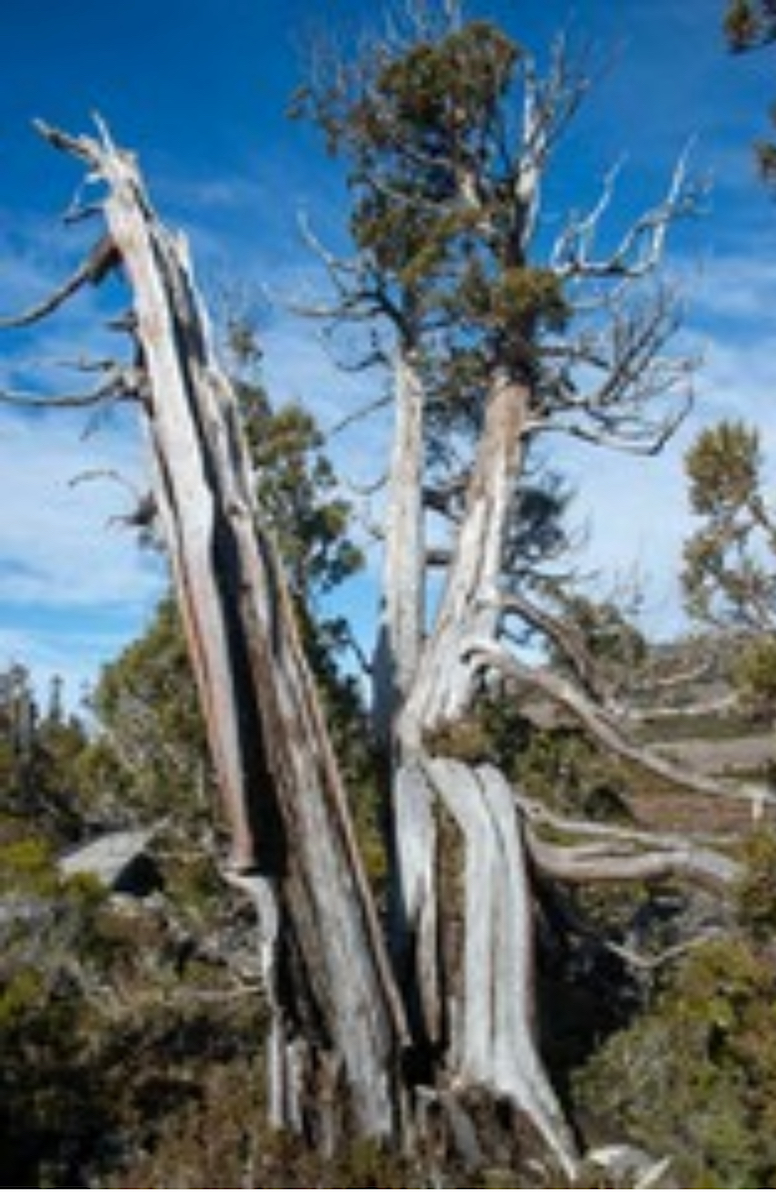
One reason? Grizzlies depend on the seeds of the whitebark pine tree. And though Mount Robson has one of the healthiest stands of whitebark pine in the Canadian Rockies, the tree’s future is far from certain, with this species of pine being listed as threatened on both sides of the border. That means Mount Robson alone can’t protect the tree from extinction – or the park’s grizzlies from the potential ramifications of losing a critical food source.
Think about it: Despite everything we’ve already done to help Mount Robson and the Canadian Rocky Mountain Parks World Heritage Site, some species are still struggling.
In other words, what we’ve already done for nature isn’t enough, and to change course? It means either making big changes or being willing to accept the risk that comes with big loss.
Like making a decision on the future of the caribou; like deciding if we can actually save the caribou.
To understand the stakes – let’s start at the beginning: To some, they’re worth 25 cents. To others, they’re invaluable. But why do caribou actually matter?
Lichen – be it on the tundra, in the high alpine or on the trunk of an old growth tree – is the caribou’s specialty.
Lichen, you see, isn’t a plant. It’s part algae and part fungus and that means, aside from keeping soil stable, it also is critical in converting carbon to oxygen, especially in harsh climates where little life exists.
And because it’s not a plant, it can’t be seeded. And that’s where the caribou comes in.
Their acute smell helps them find food buried by winter and enables them to transport it on their hooves, and through their scat, to other habitats – fuelling the nutrient cycle in extreme climates.
And let me tell you, the caribou is an expert transportation service.
In fact, no terrestrial or land mammal migrates further than the caribou. Which means literally no other animal can distribute lichen as effectively or as far as the caribou.
Which is great for all life that requires a regulated climate and nutrient cycling…which is, well, all life.
Not so great? Because the caribou travel so far, they’re more susceptible to change than most species.
Consider this: Their iconic migration is sparked each year by oceanic climate cycles – yes, even for caribou who live in the Rocky Mountains. But their arrival at their final destination – where they will have their young – is determined by the previous year’s weather.
Why?
Because that determines insect populations. And guess what? Caribou hate mosquitoes, maybe even more than us.
If there are too many bugs, they will keep moving until they can find cooler, more bug-free habitat. That means more energy is spent. That means young are less likely to survive.
So, yes, a changing climate is a problem for caribou. But that’s not their only problem.
The lichen they depend on requires specific habitat to thrive – like old growth forests found along the valley bottoms west of the Rockies. As it disappears, caribou are forced to move.
Movement means more energy spent; movement means crossing more avalanche terrain – a major predator during the winter.
Then there’s this: As habitat changes, prey populations change. Moose and deer populations often explode with the opening of previously forested landscape – and the whitetail deer is essentially an invasive species in caribou habitat. This creates competition for food and can even alter forest structures, which just creates more bad news for the caribou.
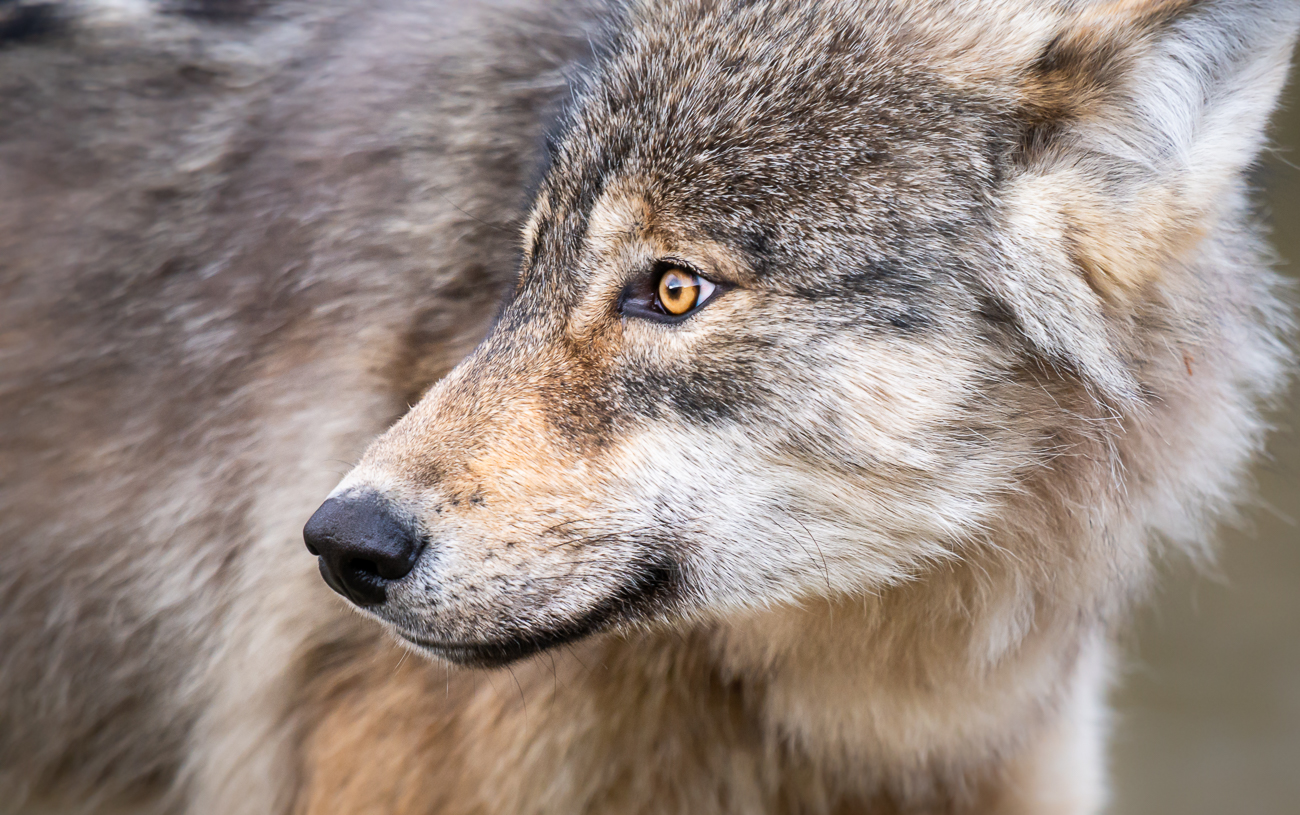 Also, when we develop a landscape, we usually leave behind roads, which we then use for fun. And guess what? If we, say, ski or snowmobile along a resource road and compress a high snow pack into an easy to navigate trail, predators – who aren’t super keen on hard work – all of a sudden have a superhighway to new prey. Like caribou.
Also, when we develop a landscape, we usually leave behind roads, which we then use for fun. And guess what? If we, say, ski or snowmobile along a resource road and compress a high snow pack into an easy to navigate trail, predators – who aren’t super keen on hard work – all of a sudden have a superhighway to new prey. Like caribou.
And because clearing land brings in new prey species, like deer, some predator populations are doing too well, through no fault of their own, in caribou habitat. High predator populations, of course, equals higher predation rates of caribou.
All of which means that caribou are in trouble, as you’ve probably heard.
“All caribou are actually endangered, across every subspecies, Stephanie Leonard explains.
Stephanie works with Caribou Patrol, an Indigenous-led, community-driven stewardship program aimed at helping this iconic and culturally important species.
“Everything out in the environment has its place and caribou are a piece of that. If we lose caribou, you lose that piece of the environment and all of a sudden nothing quite fits right.”
The decline of the caribou isn’t new and, in many cases, populations started declining way back when we first built a railway across Canada, creating access to their habitat. But the problem is growing and fast.
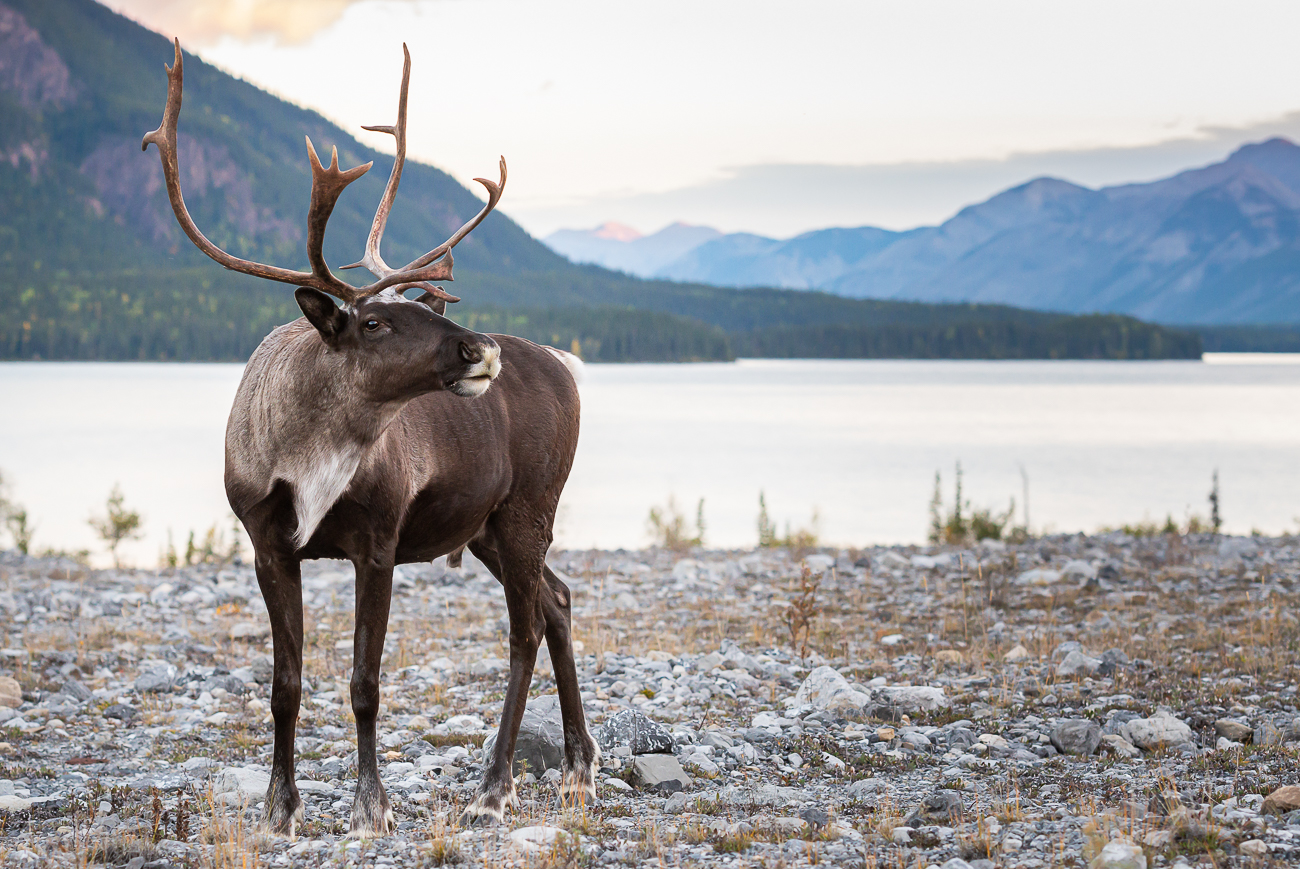 In the last twenty years, caribou numbers have dipped by 30% nationally and in British Columbia, 30 of the province’s 54 herds are endangered. The mountain caribou subspecies that calls Mount Robson home numbers fewer than 2,000. In the world.
In the last twenty years, caribou numbers have dipped by 30% nationally and in British Columbia, 30 of the province’s 54 herds are endangered. The mountain caribou subspecies that calls Mount Robson home numbers fewer than 2,000. In the world.
Caribou Patrol had a head start on the issue thanks to local Indigenous traditional knowledge. As Stephanie Leonard tells us, “The Aseniwuche Winewak Nation noticed the decline of the caribou in the 1970s and they voluntarily stopped hunting caribou in their backyard at that time.”
Nikita Lattery, who works with Stephanie at Caribou Patrol, adds “the people in this area know the area very well. We’ve lived here for as long as we can remember. We just know the environment and we watch things, and we learn things that you don’t learn at school. It’s just passed down knowledge.”
It took western science – and various levels of government – years to reach the same conclusion. Which, as Stephanie says, is “kind of the thing you find in most research. Western science comes and they say: ‘We’ve noticed X’ and the people who’ve lived on the land for hundreds of years say: ‘Yeah, my grandfather noticed that (years ago).’”
No matter. By the time governments woke up to the problem, the challenges facing caribou were massive, explains biologist Victoria Lukasik.
“The caribou thing is a really challenging situation because we should have protected that habitat six years ago, but we didn’t, so what do we do now?”
Captive breeding programs are costly and don’t always work. Restoration of habitat is possible but takes an impossibly long time.
Our best, quick fix? Kill the caribou’s predator: Wolves.
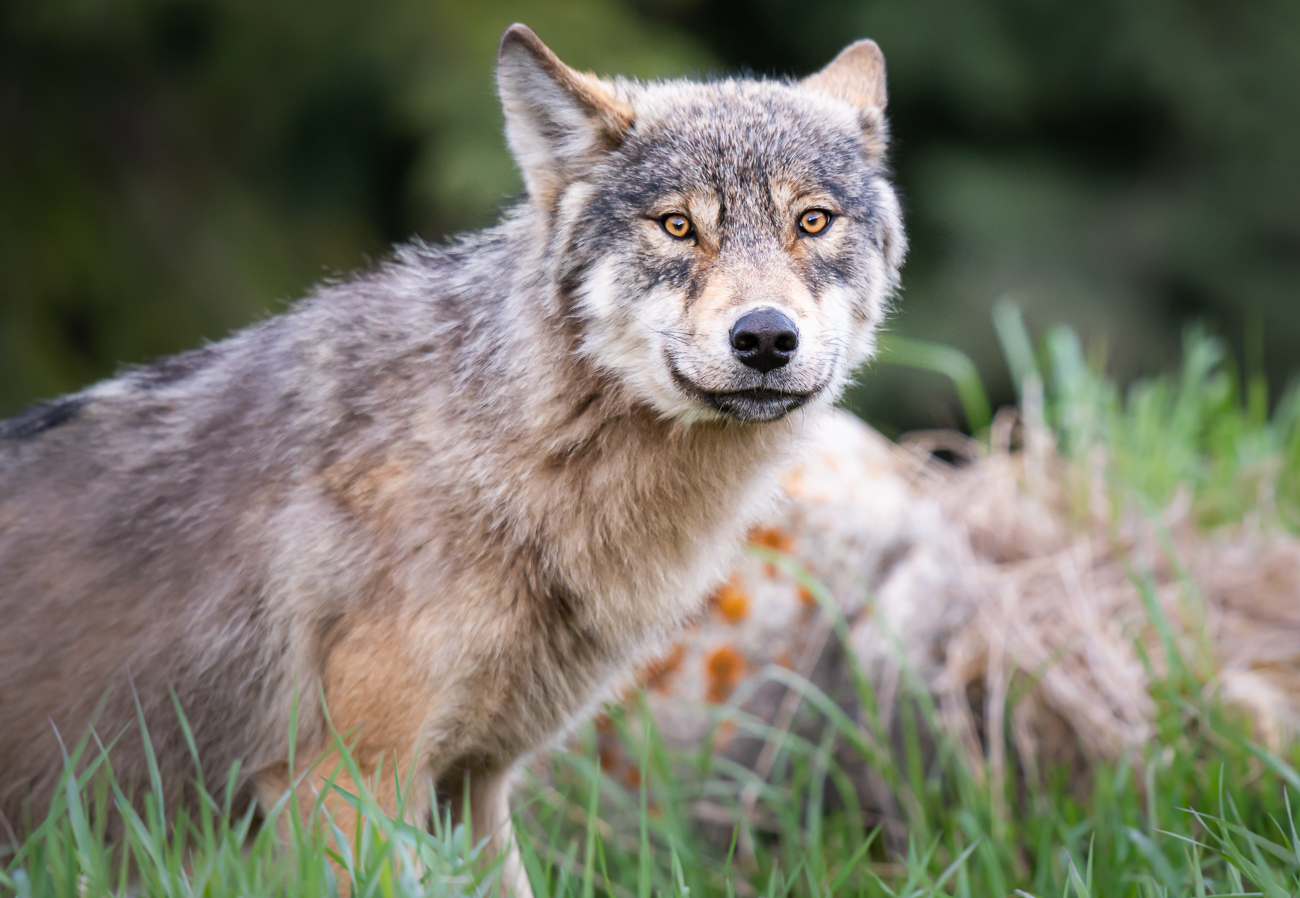 Victoria says “justification for the cull is that wolves are really resilient – they bounce back, we’re not worried about losing wolves. And fair enough, that’s true, from a population dynamic standpoint. And the caribou are really hooped here.”
Victoria says “justification for the cull is that wolves are really resilient – they bounce back, we’re not worried about losing wolves. And fair enough, that’s true, from a population dynamic standpoint. And the caribou are really hooped here.”
Though it might be an understandable decision, biologist Dr. Shelley Alexander still believes it’s the wrong one.
“This model of killing requires you to put aside that these animals have any kind of experience.”
Does it matter? Caribou Patrol’s Stephanie Leonard believes that “predation control isn’t necessarily a bad thing.” But Stephanie acknowledges “it’s a Band-Aid effect.”
Large carnivore biologist Shelley Alexander agrees that predator control isn’t a long-term solution. She tells us there’s “research that is currently coming out that indicates there is some temporary improvement of the situation, but there are also several research programs that have shown that killing carnivores isn’t going to bring these populations back.”
Caribou Patrol has seen the studies that Shelly referenced and Stephanie tells us “yes, predator control is the big reason why our caribou herds are stable right now.” But Stephanie argues that no matter how many wolves we kill, if we don’t take bigger, bolder action, the wolf cull will be for not and we’ll lose the caribou.
“It’s not solving the problem. It’s a temporary Band-Aid.”
Why? Because we aren’t addressing the root of the problem, Stephanie argues.
“Increased predation: Most of that comes from an increase of humans on the landscape – so pipelines, roads.”
To address this root issue, Caribou Patrol’s Nikita Lattery says we need to acknowledge that “there is a higher demand for natural resources and human use of that. Everything is a chain reaction. So, the more we use, the more we take away from the caribou? The less habitat they have, the less food that they have, and it’s just a slow decline.”
Biologist Victoria Lukasik agrees, telling us “I actually looked at Alberta’s caribou range maps recently, and intact habitat was like 9% in this range, 12% in that range, 8% in another range. It’s not even 20%! So, I wonder why they’re all disappearing. It’s not rocket science.”
It’s an issue the team at Caribou Patrol struggle with: They understand the importance of habitat to caribou, but also understand the importance of the resource industry.
Stephanie Leonard believes “there has to be a balance of some sort because obviously we do need to use our resources.”
What might a balance look like? Stephanie says “not every industry can have their own road. It’s planning a little bit better where the cut blocks go, the extraction sites go, where the well sites are. And leaving large swaths of green. It’s doing more directional drilling to still access all of that oil, but not completely destroying that entire section of habitat to do it.”
Stephanie adds “it’ll cost a little bit more money to get going, but I think that is probably the best-case situation for herds like ours, as well as the industry, because we don’t want industry to go away. It’s our lifeblood for our families, for our community.”
It’s a solution that likely requires more investment, as Caribou Patrol noted, but also more regulations and as former cabinet minister Sam Sullivan explains “there are regulations that are very blunt instruments that, yes, might accomplish the goal, but they also do a whole bunch of other things that aren’t as respectful of human needs.”
The former CEO of Trans-Canada Pipelines, Hal Kvisle, agrees.
“What a lot of us are objecting to these days is the grinding regulatory process that we have to go through before we can even begin the project.”
That’s a problem if the goal is to keep industry viable in caribou habitat. But it’s not the only problem, according to biologist Victoria Lukasik.
“(Some) people who research the caribou say we should have 80% intact habitat.”
In other words, at some point, trying to thread the needle helps no one – not the caribou and not rural resource communities.
So, should we prioritize the caribou? Well, now that you know what’s at stake for the caribou, you now need to know what’s at stake for our economy.
As business leader Hal Kvisle explains, “royalties that the oil companies pay go into provincial coffers and pay for schools and hospitals and things like that.”
It’s true. The resource extraction industry does pay for a fair number of hospitals and schools and roads, but they pay for a lot more than that. Why? Because the resource industry in Canada pays governments, on average, $21.4 billion per year in tax.
And then there’s this: Government revenue also comes from trading. We are, after all, not just a resource-based economy, we’re also a trading nation. And natural resource exports account for $250 billion of Canada’s yearly exports.
That’s not all, Hal says.
“The real benefit is in the high-quality employment that these companies offer their employees. The very interesting work that these people do.”
Which is nice, but this is kind of important too: “The very significant income taxes that those individuals pay.” As Hal explains, “it’s really much more of the money that flows through the employees towards the Government of Canada. That’s a much bigger fish.”
It is and, as a result, the resource industry accounts for almost 17% of Canada’s Gross Domestic Product – the most commonly used metric to determine the health of our economy.
And know this: A healthy economy is about more than government revenue or balanced budgets – it determines things like credit scores which really helps when, you know, the nation is a little short on cash money during a global pandemic. In fact, borrowing ability is extremely important to Canada because even when there’s not a global pandemic, we borrow a lot of money to fund our social services.
So, the resource industry matters to our economy and our economy matters to all of us. But for 909 rural communities in this country, the resource industry really matters. Without it? They’d become ghost towns, argues Joel McKay.
“What needs to be realized is that rural communities, especially those in the North, have few realistic options for private-sector employment that are outside of natural resource industries.”
Joel is an advocate for rural economic activities and though he’s not suggesting the question is as simple as jobs for rural communities or a future for the caribou, as he explains, it’s always a question of resources.
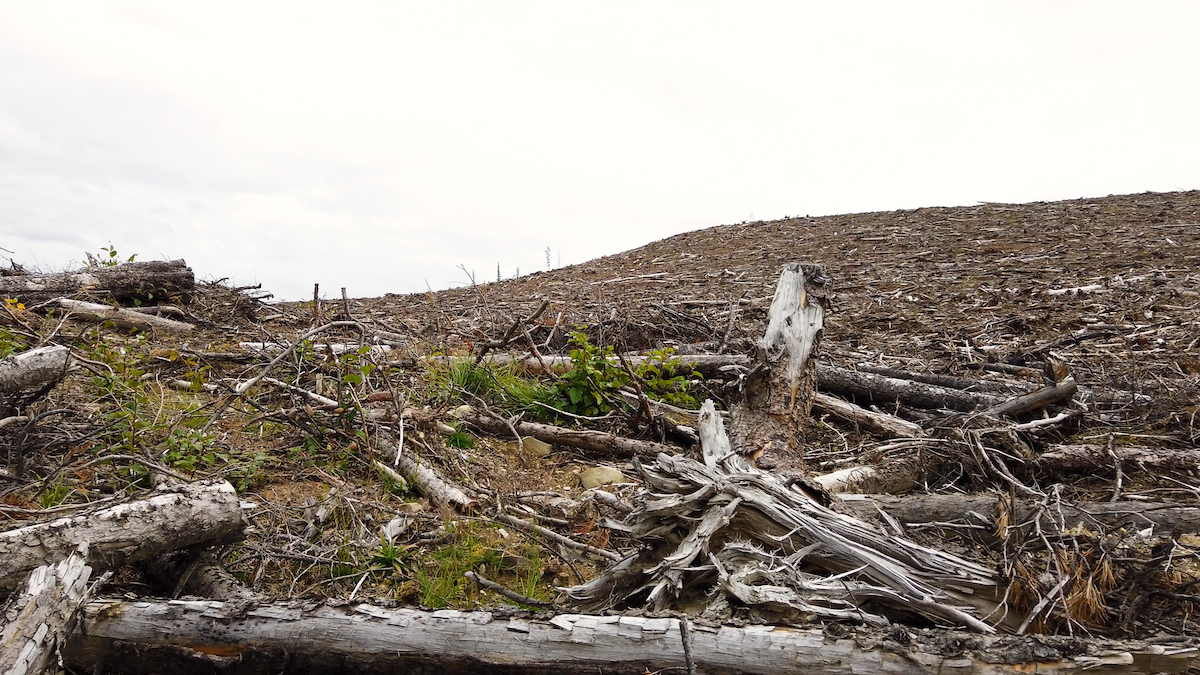 “Proper education, healthcare, social services, a job market with robust opportunities…These things can only exist in rural areas if we have a landscape that’s attractive to business development and investment, which generates the needed tax revenue to support the social services that support healthy development of our children into adults. That means we need an environment that supports resource extraction, attracts investment and leverages the benefits generated from that to reinvest in rural areas so that they have just as much opportunity as our urban areas.”
“Proper education, healthcare, social services, a job market with robust opportunities…These things can only exist in rural areas if we have a landscape that’s attractive to business development and investment, which generates the needed tax revenue to support the social services that support healthy development of our children into adults. That means we need an environment that supports resource extraction, attracts investment and leverages the benefits generated from that to reinvest in rural areas so that they have just as much opportunity as our urban areas.”
But remember what biologist Victoria Lukasik said?
“Our economic interests are the things that are often in contrast with what is best for wildlife and the environment, so it’s not to say it has to be environment versus jobs – there are other ways – but that’s the way we operate as a society in Canada.”
It’s a harsh reality, says Shachi Kurl.
“Because this really comes down to, in economic terms, a perception of winners and losers.”
 Exactly. After all, when the BC government wanted to help stop the decline of the caribou and proposed major changes to logging practices in primary or old growth forests in the province, about 4,500 citizens felt they were the losers in this equation.
Exactly. After all, when the BC government wanted to help stop the decline of the caribou and proposed major changes to logging practices in primary or old growth forests in the province, about 4,500 citizens felt they were the losers in this equation.
Why?
Because that’s roughly how many jobs the new no-logging policy might eliminate.
Now, in the grand scheme of things, 4,500 jobs aren’t a lot…unless you happen to have one of those 4,500 jobs, or live in a community where those job losses might be felt disproportionately.
But it’s not just job losses that worry those living in rural communities – it’s cultural change as well. As you’ll remember, to save the caribou, not only do we need to protect large swaths of habitat across their massive ranges, but we also need to curb access to caribou habitat. That means less hunting, ATVing, hiking, skiing and other outdoor recreational activities central to rural life.
It’s why, as Sierra Dakin Kuiper explains, conservation efforts can often feel “more like there’s an agenda being imposed on them (rural communities).”
Sierra is a cultural anthropologist and she’s researched the opposition to large-scale conservation efforts, like creating parks to help save species like the caribou.
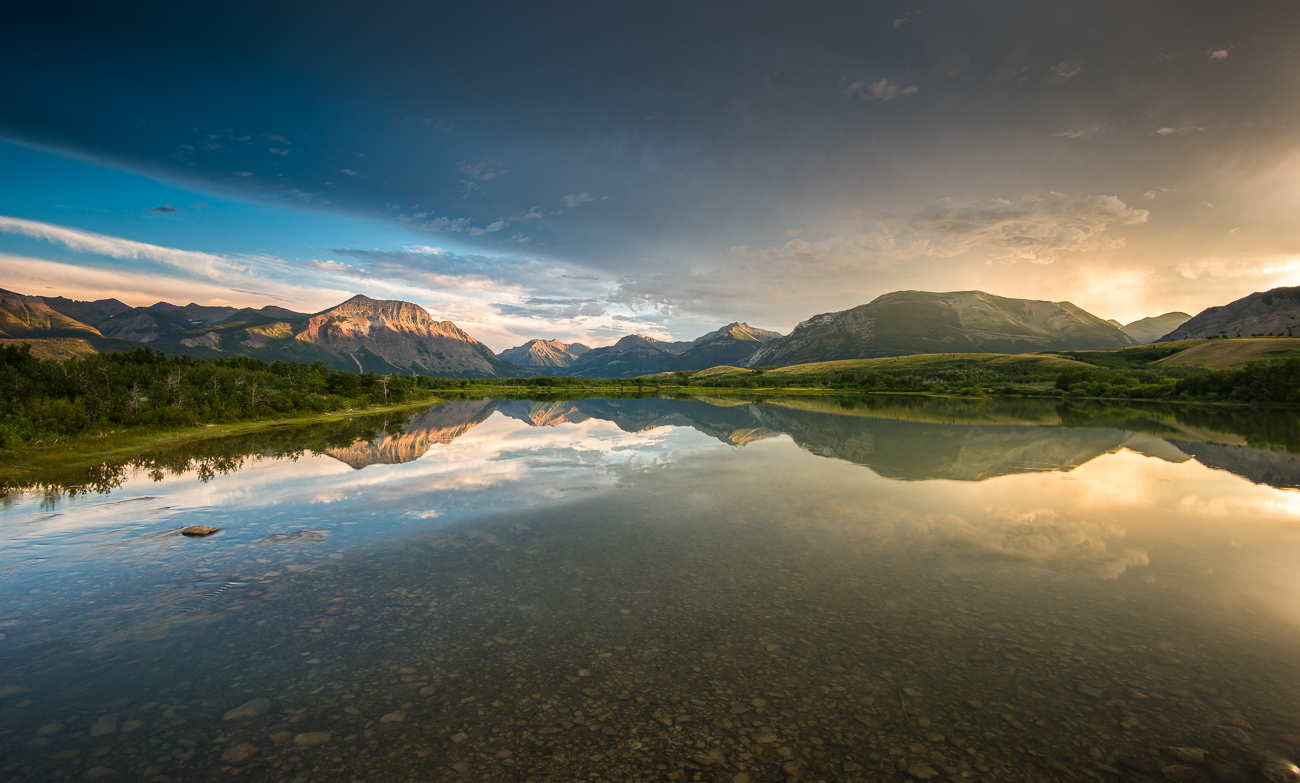
“As I started talking to community members, I started to see that when people are calling for a national park, there’s actually a lot more to it.”
Sierra tells us that even though limiting resource extraction is one reason rural communities might oppose new parks, cultural change is an even bigger issue.
“A lot of people that are opposed to a national park were concerned about the area being turned into a tourism destination. Roads, campgrounds: That would actually take away what they so loved and really valued about that landscape.”
More specifically, national parks limit hunting and that’s a big issue, according to Neil Fletcher.
“When you take people’s ability to go hunting in the landscape out of the picture, it actually removes them from the landscape – from caring about the landscape – and it takes away a connection they have to the landscape.”
Neil Fletcher is a biologist with the BC Wildlife Federation, a conservation organization that advocates for hunter rights and largely opposes protected areas that restrict access to land. And though caribou hunting is banned in many parts of the Rockies, when hunters track other species, they’re creating pathways for predators to access and kill caribou.
But Neil believes we need solutions that work with – not against – rural cultural traditions.
“These people are here to stay. They’re not going anywhere. They’re going to be living on this landscape with you. And the earlier you can get toward working with them and understanding their positions, the better you might be able to find some shared solutions.”
Northern Development’s Joel McKay adds that “too often the urban voice, which has very little experience in rural areas, overwrites the rural voice. This is a fundamental challenge in many developed nations across the globe today and needs to be addressed more meaningfully if we aim to keep our nations together long into the future.”
That perception? It’s a big problem, as Janet Austin tells us.
“I am increasingly concerned about the fragility of democracy.”
Janet, who served as BC’s lieutenant governor, worries that the longer we wait to tackle the challenges we face, like addressing the fate of the caribou, the harder solutions will be.
“One of the things that worries me the most is that we will not be successful in addressing it.”
More than that, says former prime minister Kim Campbell, when we don’t act – if we lose biodiversity and environmental systems do breakdown – we need to be aware of other consequences.
“Do we think we’re going to keep global stability? And peace?”
It’s why our former prime minister says our environmental challenges “are a national security issue. If we’re the ones whose economies have contributed the most to (the problem), how collaborative are they (other countries) going to be with us? And how friendly are they going to be with us?”
And UN’s former Deputy Executive Secretary of the Convention on Biological Diversity David Cooper believes when we allow species to go extinct on our watch, “that will undermine our socio-economic goals.”
It’s true. Some species at risk – like certain species of salmon and trees – uphold entire industries, creating both jobs and national prosperity.
But it’s even bigger than that.
Biodiversity, remember, is the foundation of life on earth. A diversity of species is what allows for pollination and food security, water filtration and purification, waste management and pollution mitigation, not to mention carbon storage.
In many ways that’s priceless, but, being humans, we have of course put an actual price on it: About $160 trillion CDN in value for the global economy.
That’s trillion. With a ‘T’.
And, according to the OECD, about one and a half times the global Gross Domestic Product or GDP.
Now, of course, not all species are equal – environmentally or economically. We’ve lost species before and nothing too terrible has actually happened. So far.
In fact, some argue, extinction is just a natural part of evolution, even if we are speeding it up.
But as biologist Victoria Lukasik explains, at some point, we can only lose so much before we do feel the impact.
“We’re all part of this web of life on earth. The more connections there are, the more stable the whole system is. As we start to lose certain pieces, then now instead of a being web, it becomes a line, or a chain, and then suddenly that system is really vulnerable to any change that might happen.”
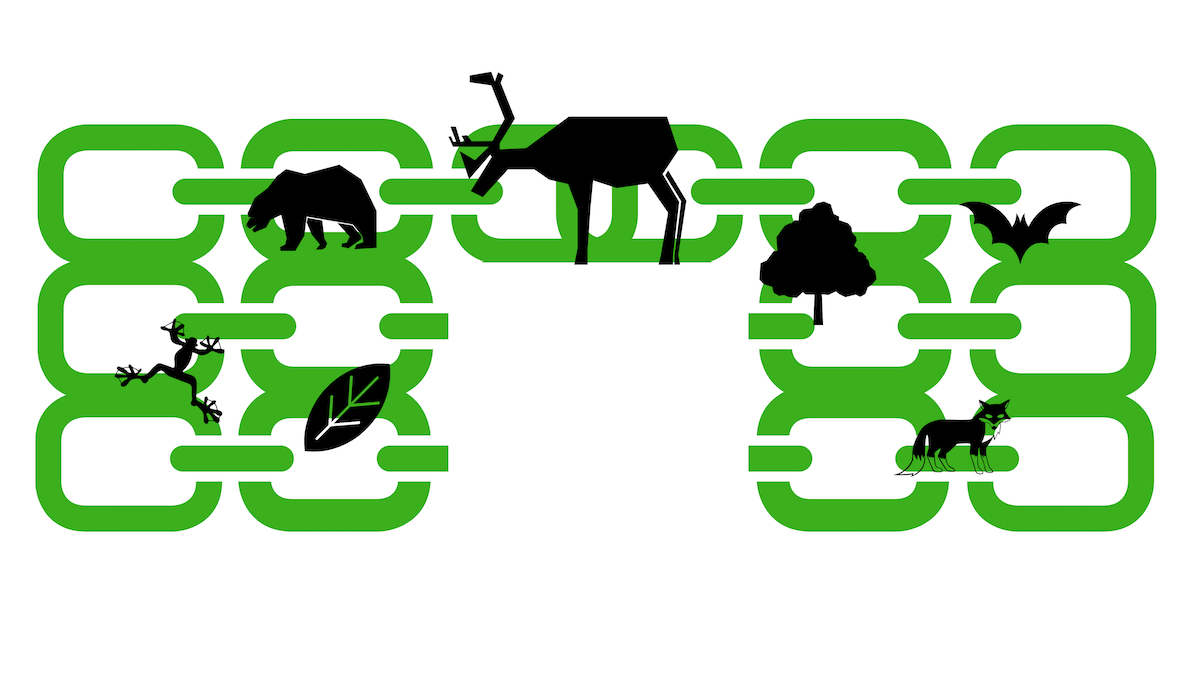
Indeed, chains are easier to break than a web. If we lose the caribou, will the web of life be reduced to a chain? Probably not, but in losing the caribou, ecosystems will lose a piece of their puzzle. Natural processes – like lichen transportation – might also be lost. The ramifications?
Ethicist Kerry Bowman says, “we don’t really know.”
It’s for this reason that Caribou Patrol’s Stephanie Leonard believes we must act to save this critical ungulate, no matter how long the odds, no matter how hard the choices.
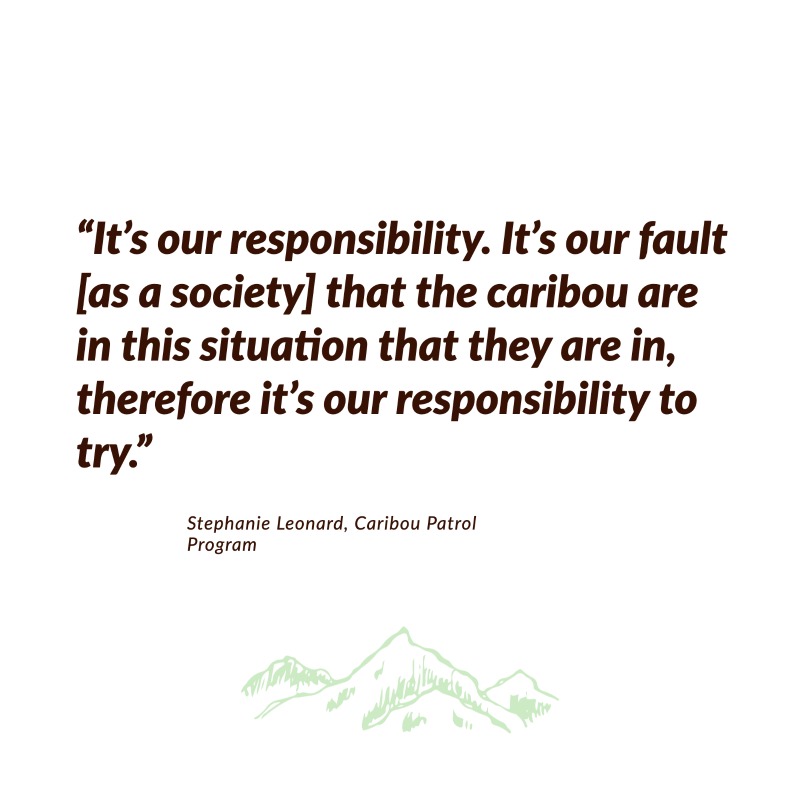 “Caribou are the warning signs that say ‘something is wrong, something’s unhealthy’. And if we don’t watch the signs with the caribou, then we’re going to lose a lot more than the caribou in the end.”
“Caribou are the warning signs that say ‘something is wrong, something’s unhealthy’. And if we don’t watch the signs with the caribou, then we’re going to lose a lot more than the caribou in the end.”
Stephanie adds, “it’s our responsibility. It’s our fault that the caribou are in this situation, therefore it’s our responsibility to try.”
And saving the caribou is within us.
But as Janet Austin reminds us, though “we need to advance change as rapidly as we possibly can – and as rapidly and as proactively as our society can manage it – we need to recognize that change does take time and cultural change is part of that.”
However, the caribou have simply run out of time thanks to a combination of willful blindness, neglect, punting hard decisions and plain old bad luck.
And it seems almost impossible to think that we can actually save the caribou and protect every community and their cultures, all at the same time.
If we had to choose, could we?
It’s an impossible choice. But it’s not the only choice we’re facing.
Task
What do you think?
Terms & Concepts
Referenced Resources
* Quotes have been edited for brevity and clarity.